Gap in Teeth
Gap in teeth, also known as diastema, is a dental condition where there is a noticeable space between two or more. While some people see this as a unique feature, others may feel self-conscious about their appearance.
In this article, we will discuss the causes of it, the pros and cons of having them, treatment options, and how to maintain dental health.
Table of contents
Causes of Gap in Teeth
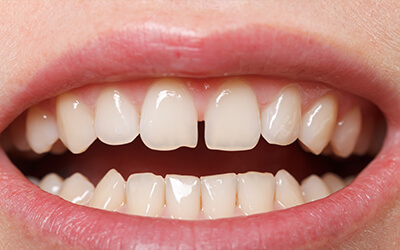
There are several factors that can lead to missing teeth, such as heredity, the development of the teeth and jaw, habits and behaviors, as well as various medical disorders.
Genetics
Some people are born with a larger gap between theirs due to genetics. The size and shape of teeth are determined by our genes, and certain genetic traits can cause a gap between.
Dental Development
Dental development is an extremely important process that contributes to the construction of our teeth. There are certain people who have a delay in the eruption of their permanent teeth, which can lead to spaces between their teeth.
Some people have naturally smaller teeth, which can also contribute to the development of diastema.
Habits and Behaviors
Habits and behaviors such as thumb-sucking, using pacifiers, and tongue-thrusting can cause gaps in teeth. These actions can create pressure on the teeth and cause them to move or shift, leading to the development of gaps.
Other Health Conditions
Conditions such as gum disease or cleft lip and palate can also cause gaps in teeth. Gum disease can cause the gums to recede, exposing more of the tooth’s root and creating gaps.
Cleft lip and palate are birth defects that can affect the development of the teeth and cause gaps.
Pros and Cons of Gap in Teeth
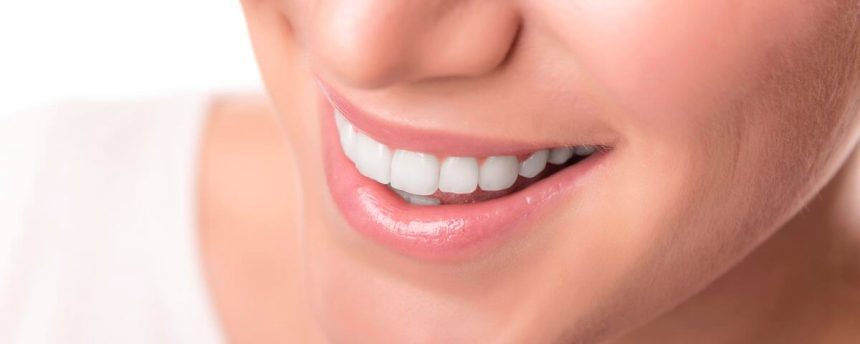
While some people appreciate the unique look of gap in teeth, there are both pros and cons to having them.
Pros
Unique Appearance
Gap teeth can give a distinctive look and charm to an individual. Some people believe that gaps give them a unique and attractive appearance.
Better Gum Health
Having a gap can allow for easier cleaning of the gums and prevent periodontal disease. Without the support of neighboring teeth, it’s easier to clean between the teeth and the gums.
Easier to Clean
Food can easily get stuck between crowded teeth, while gaps make cleaning easier. This can prevent tooth decay and gum disease and improve dental health.
Cons
Increased Risk of Tooth Decay and Gum Disease
Without the support of neighboring teeth, the gap is more prone to bacterial growth, leading to decay and gum disease. Food and plaque can get trapped in the gap, making it difficult to clean and leading to dental problems.
Misaligned Bite
Having gaps in teeth can cause an uneven bite that can lead to further dental problems. Misaligned bites can lead to excessive wear on the teeth, jaw pain, and other dental issues.
Self-Consciousness About Appearance
For some individuals, having gaps in their teeth can affect their self-confidence. They may feel embarrassed or uncomfortable when smiling or talking, leading to social anxiety and other emotional problems.
Treatment Options for Gap Teeth
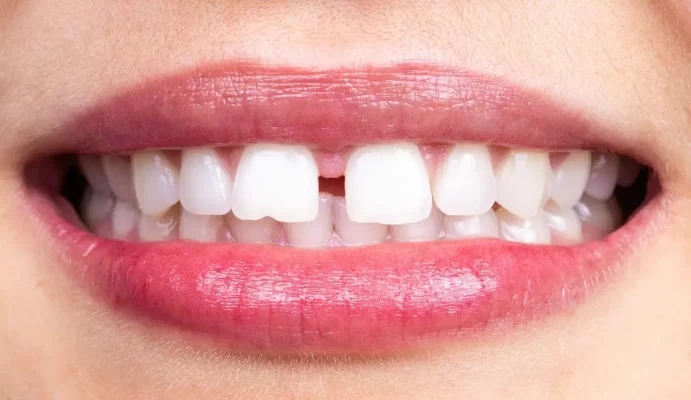
Depending on the severity of the disease, there are a few different treatment options available for gaps in teeth. These possibilities include:
| Treatment Options for Gap Teeth |
| Orthodontic Treatment |
| – Braces |
| – Invisalign |
| Cosmetic Dentistry |
| – Dental Bonding |
| – Veneers |
| – Crowns |
| Surgery |
Orthodontic Treatment
Braces
The space between teeth can be closed using clear braces or more traditional metal braces. The teeth are shifted into the desired position gradually as pressure is applied to the braces, which are worn on the teeth.
Invisalign
Clear, removable aligners can also close the gap and improve dental alignment. Invisalign works by using a series of custom-made aligners that apply pressure to the teeth, gradually shifting them into the desired position.
Cosmetic Dentistry
Dental Bonding
Dental bonding is a procedure where a tooth-colored resin material is applied to the teeth and shaped to close the gap. The resin material is bonded to the tooth using a special light, and then shaped and polished to match the surrounding teeth.
Veneers
Thin shells of porcelain or resin are applied to the front of the teeth to improve appearance and close gaps. Veneers are custom-made to match the color and shape of your teeth and are bonded to the teeth using a special cement.
Crowns
To fill in the space, a cap that encompasses the entire tooth is placed over it. Crowns are fixed to teeth using cement to offer support and strength. They are custom-made to fit the size, shape, and color of the patient’s teeth, and then cemented into place.
Surgery
In severe cases, a surgical procedure may be recommended to close the gap. Surgery involves cutting the gums to expose more of the teeth and then moving them closer together to close the gap.
Youtube Video
Maintaining Dental Health with Diastema
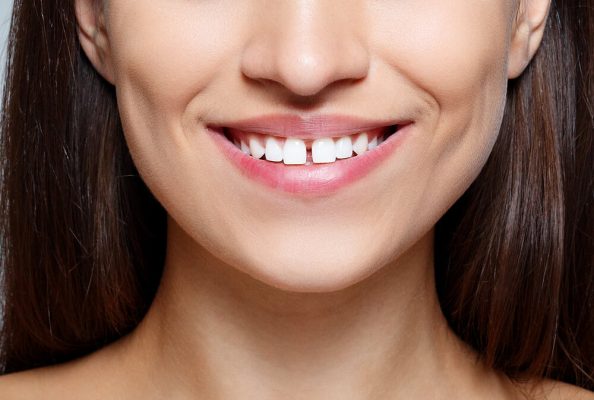
Following completion of dental treatment, it is critical to continue good oral hygiene in order to forestall the recurrence of dental issues.
Regular Dental Checkups and Cleanings
Dentists are able to keep an eye out for any potential dental issues and provide professional cleanings to stave off gum disease and tooth decay.
Maintaining good oral health requires seeing your dentist on a consistent basis for checkups and cleanings.
Good Oral Hygiene Practices
Tooth decay and gum disease can be avoided by brushing and flossing at least twice daily, using mouthwash regularly, and brushing and flossing at least once daily.
For the sake of one’s dental health, it is essential to cultivate and maintain healthy oral hygiene practices.
Diet and Lifestyle Choices
Avoiding sugary and acidic foods and beverages and not smoking can help prevent tooth decay and gum disease. A healthy diet and lifestyle choices can help maintain good dental health and prevent further dental problems.
Gaps in Baby Teeth

As parents, one of our primary concerns is always for the wellbeing and growth of our children, including the development of their teeth.
It’s fairly unusual for parents to find gaps in their baby’s teeth, and while this isn’t always cause for concern, it is something that they should be aware of.
Why do gaps in baby teeth occur?
Diastema, more commonly known as spaces between infant teeth, is quite frequent and is typically only transitory. These could take place for a number of different causes, including the following:
- Normal development: It’s normal for children to have gaps in their baby teeth, especially between their front teeth. This is because their jaw is still growing and the teeth are shifting to make room for their adult teeth.
- Genetics: Gaps in baby teeth can also be genetic. If you or your partner had gaps in your baby teeth, your child may also have gaps.
- Thumb-sucking: Prolonged thumb-sucking can push the teeth forward, creating gaps.
- Tongue-thrusting: Some children develop the habit of pushing their tongue against their teeth, which can create gaps.
When should you worry about gaps in baby teeth?
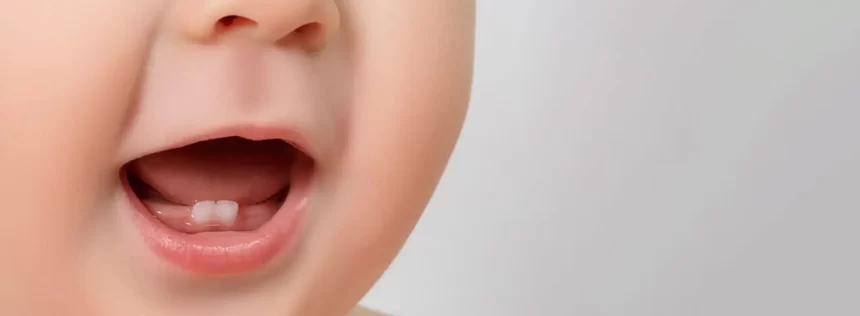
It is not necessary to be concerned about missing infant teeth in the vast majority of situations. They will typically close on their own as the permanent teeth begin to erupt in the mouth of the child.
Nonetheless, there are a few circumstances in which you might need to consult with your dentist, including the following:
- Large gaps: If your child has very large empty between their baby teeth, this could indicate a problem with their jaw or bite.
- Missing teeth: If your child is missing baby teeth, this can cause the surrounding teeth to shift, creating gaps.
- Overcrowding: If your child’s baby teeth are overcrowded, this can also cause diastema shift to make room for one another.
- Speech problems: If your child has difficulty speaking or pronouncing certain words, this could be a sign of a problem with their teeth or jaw.
What can you do about gaps in baby teeth?
In most cases, gaps in baby teeth do not require treatment. However, if your child has a large gap or other dental issues, your dentist may recommend:
- Braces: Braces can help to close gaps and correct the position of the teeth.
- Retainers: Retainers can be used to keep the teeth in their correct position after braces.
- Extraction: In some cases, a baby tooth may need to be extracted to make room for an adult tooth.
- Surgery: In rare cases, surgery may be needed to correct a problem with the jaw or bite.
Can Retainer Fix Gap in Front Teeth?
Retainers are mainly created to keep teeth properly aligned following treatment. In cases they can also be utilized to address gaps, particularly those, between the front teeth.
The effectiveness of a retainer as a solution depends on the size and cause of the gap. It is crucial to seek guidance from an orthodontist to determine the course of action, for each individual situation.
Why Did a Gap Form in My Teeth with Braces?
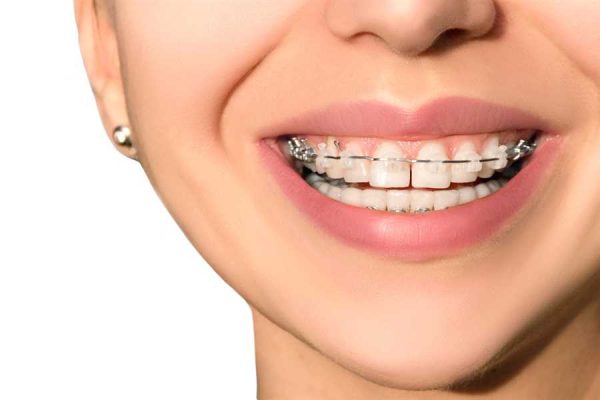
Gaps may occur during treatment, for reasons. Occasionally as the teeth gradually move temporary spaces may appear before they eventually close up.
In cases changes in habits insufficient pressure from the braces or not adhering to the orthodontists instructions might be contributing factors. Ensuring check ups and maintaining communication, with your orthodontist can assist in promptly addressing and resolving such concerns.
Does Pacifier Cause Gap in Teeth?
Using pacifiers for a period after the toddler stage can impact the growth of teeth. It has the potential to cause a bite or a gap, between the lower front teeth. The pressure exerted while sucking on a pacifier can push the teeth forward resulting in spacing issues.
To ensure development it is recommended to gradually reduce pacifier usage as children get older and seek advice from a pediatric dentist, for further guidance.
Final Thought
To summarize, dental growth, genetics, habits and behaviors, as well as other medical disorders, can all contribute to tooth gaps, or diastemas. While some people value their distinctive looks, others might be self-conscious about their gaps. Orthodontic procedures like braces and Invisalign, cosmetic dental procedures like dental bonding, veneers, crowns, and surgery in extreme situations are all alternatives for treating gaps between the teeth. After receiving treatment, it’s critical to maintain good dental health by attending to the dentist frequently, practicing proper oral hygiene, and adopting a balanced diet and lifestyle. Baby tooth gaps, which are typically momentary and don’t need any treatment, can also be noticed by parents in their children. To decide the best course of action, it is best to speak with a dentist if there are any concerns.
You May Also Like
1- Dental Braces. Click for read.
2- Does Coffee Stain Your Teeth? Click for read.
FAQ
You can indeed close a gap in your teeth. There are numerous possibilities, including braces, aligners, veneers, dental bonding, and in certain circumstances, even dental implants.
Depending on the severity and other considerations, there are several procedures to close the gap between your teeth. Dental bonding, veneers, crowns, and braces are alternatives. Discuss options with your dentist or orthodontist.
Oil pulling, sugar-free gum, and orthodontic rubber bands can narrow gaps between teeth. These approaches may not work for everyone or larger gaps. See a dentist or orthodontist for the best treatment strategy.
Teeth gaps rarely grow with age. Nevertheless, tooth movement might exacerbate a gap. Periodontal disease or tooth loss might cause this. Nonetheless, tooth gaps usually stay the same.
Teeth gaps can close without braces. Invisalign, dental bonding, veneers, and crowns are alternatives. The severity of the gap and the quality of your teeth and gums will determine the best way to close it. Dentists and orthodontists can advise you on therapy.





